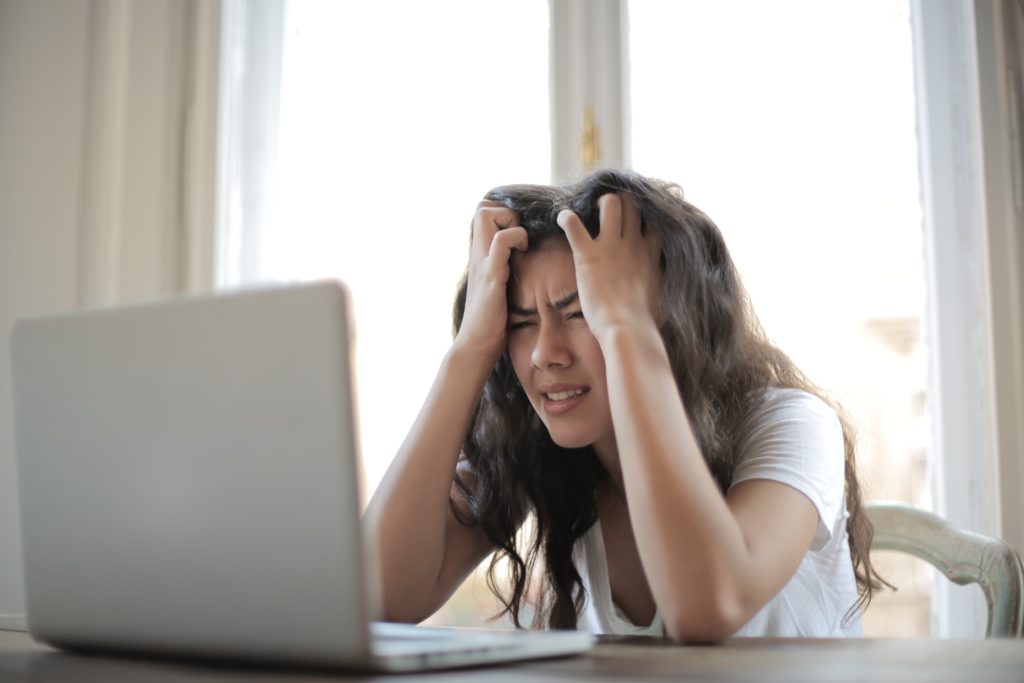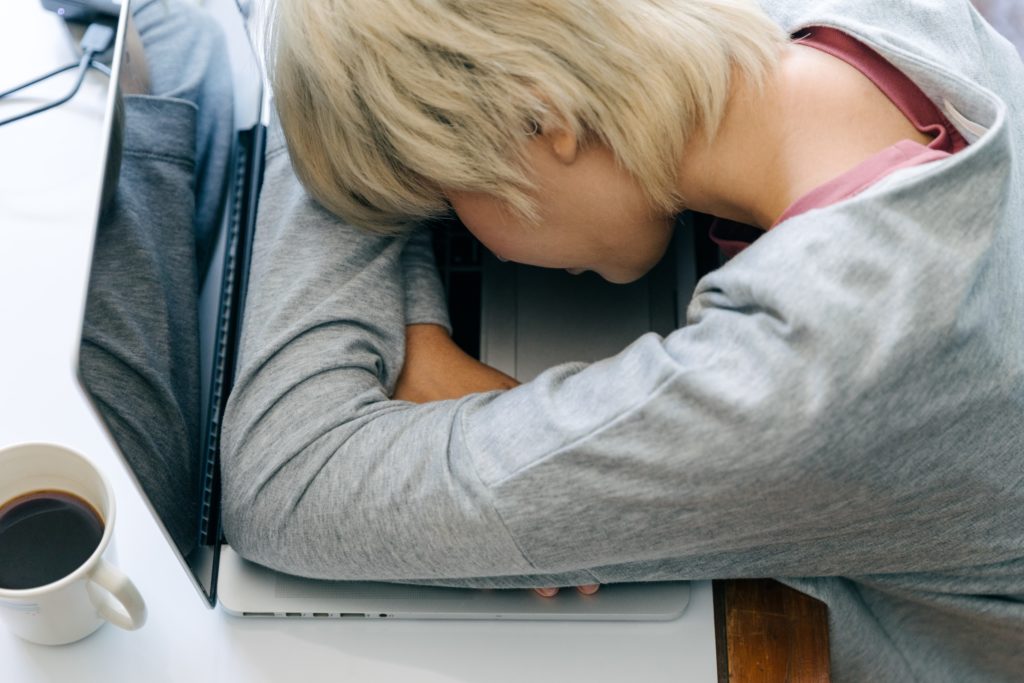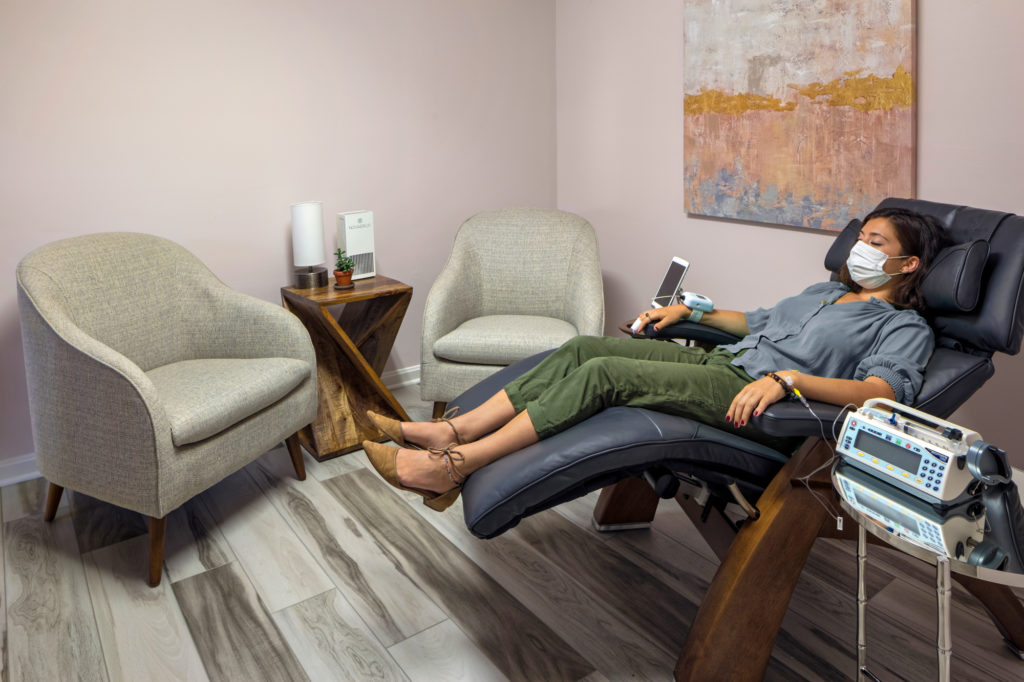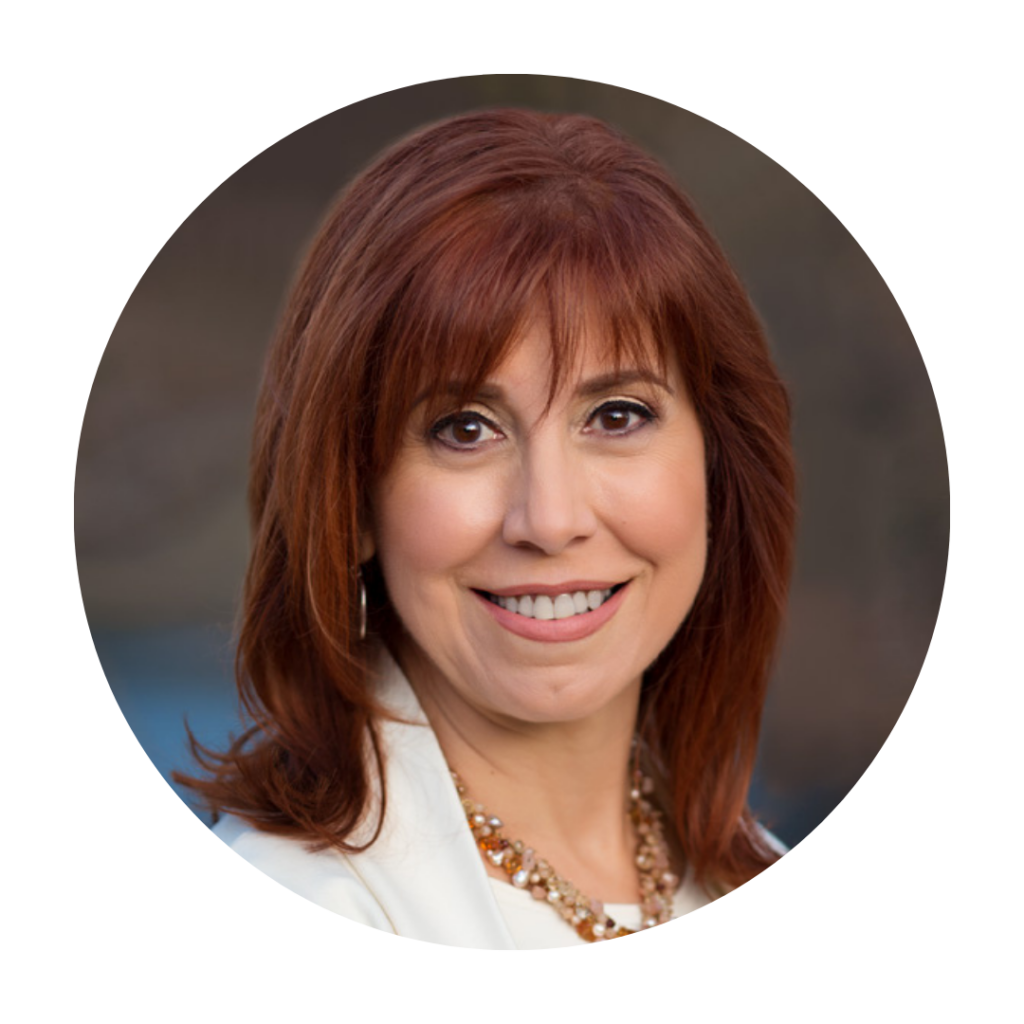
It’s that time of year again. The holidays and parties and celebrations are behind. We’re left to clean up the mess, pay the bills for what we spent…. And try to avoid falling into depression.
That’s right. January is often considered the most depressing month of the year. And actually there’s a reason for that. And that’s not your imagination. Through the holidays the days kept getting shorter, the dark looming earlier in the evening, sun setting during what feels like the afternoon, and rises after you start work. We need sunshine to feel good, healthy, and to enjoy wellbeing. But it’s not as available this time of year, is it? Even during the day when the sun is up, and you’re working, it’s often cloudy, gloomy, and you have to slog through snow or rain. Seasonal affective disorder, feeling SAD at this time of year, may be the culprit for your flagging emotions and energy.
This infringement on our daylight takes its toll.

Beverly looked at her watch. The time was dragging by. Only 40 minutes had passed since her workday began. Surely it had been hours. Only 40 minutes?? She felt so heavy, so groggy. If only she could lie down and close her eyes for a bit. This was torture.
She knew she was supposed to be working on the team project but she just couldn’t seem to concentrate on it. As much as she researched…she read and read… she wasn’t getting anywhere. So she searched for more to read. And read…
Finally, Beverly said, “Enough.”
She dragged herself out of her chair and walked to her car to get a reference book she’d left there that morning. She needed to walk a bit to wake herself up, so this was a good excuse.
But the worst of it was that she didn’t feel like doing anything. Her mind seemed numb. What do you do when you feel like a nub. Not accomplishing anything, devoid of interest or creativity, without energy to invest in the team’s outcomes. This was her job, for heaven’s sake! She wasn’t getting paid to doze, or stare into space! Seasonal affective disorder, feeling sad and tired, was draining her outlook and her ability to do her job.
It was January, and she’d been out of it, not feeling anything useful inside herself, since November.
To make things worse, she wasn’t sleeping very well at night. Then, every day it was all she could do to keep herself awake enough to get through the day. Talk about days and nights being mixed up!
The hours finally passed and it was time for her to take her lunch break. She carried her food into the lounge and rifled through the newspapers and periodicals on the table. Across the top of one, a headline seemed to burst to capture her attention: “A Way Out of Seasonal Depression”… so she scanned the article while she ate.
Beverly learned some things she found eye-opening. Seasonal depression is a state of depression brought on by too little sunlight during this time of year. The article said that when daylight savings time ends in the fall, it starts getting dark earlier, because sunset begins to occur an hour earlier every day.

To make things worse, the shorter days combined with earlier sunsets mean that many of us get very little sunlight, if any, after work. Then, add to that, the inclement weather that’s so common, and — due to rain and snow — the sun doesn’t shine as much on us as it does the rest of the year.
Plus, the farther away from the equator you are, the shorter the days.
She also learned that Vitamin D is a hormone…that’s right, a hormone… that is reduced when there is less sunlight available. In fact, they think that more women suffer from seasonal depression …or seasonal affective disorder…because of changes in estrogen levels.
She learned that Vitamin D is important to nearly every chemical process that takes place in the body. When Vitamin D is deficient, it’s easy for depressive symptoms to emerge.
She also learned a lack of sunlight can cause too much melatonin to be produced by the pineal gland. When there is too much melatonin, you can get sleepiness, grogginess, and lethargic lack of energy and stamina. Melatonin regulates the sleep wake cycle, and when there is too much, alertness suffers.
Maybe that also explained the change in her circadian rhythm. It turned out that there was more to the lack of sunlight. That it causes an uptick in serotonin transporter activity. Add that to the increased melatonin and the result is disrupted circadian rhythm… that sleep wake cycle that forgets when you need to sleep and when you need to be awake.

Beverly was so relieved to learn there were things she could try to relieve her horrid depressed melatoninised, groggy condition. (You heard right.) For one thing, she went to a vitamin store and picked up some high dose vitamin D3 to try to replace her deficiency. She also started a routine of riding her stationary bike at home before work in the morning, in hopes the extra activity would help her feel more productive.
And she learned about using phototherapy, which would give her an artificial form of incredibly bright light — 10K lux of brightness — without any ultraviolet light — to replace what she was missing this time of year. That it was the brightness that was important, not the claims about “full spectrum.” She could see that it was best to use it in the morning so her normal sleepiness in the evening could do its job. She was hopeful that combining the light with exercise in the mornings could get her system off to a better start.
In all, the steps Beverly took weren’t exactly transforming, but they did produce some improvement to help her get through the SAD time of year.
She knew she’d feel better when Spring took hold with sunshine, warm breezes, and blooming plants all around.
What about you? Do you struggle with seasonal affective disorder…feeling SAD…this time of year? Does seasonal affective disorder sneak up and drain you around November ? Or…if the holidays help you cope with the doldrums until January, do you feel like the rug was ripped out from under you in January?
If the tips that Beverly found don’t help, what can you do?
Weight gain or weight loss can occur, social withdrawal, crying easily, difficulty concentrating, and suicidal thinking can be problems.
Like any form of depression, suicidal thinking is a potential risk and is dangerous. The solutions Beverly found may be effective for you, but if it’s not and if you endure suicidal thoughts, ketamine treatment is an effective way of removing those dangerous thinking patterns. It can allow you to seek more effective treatment.
In fact, we conducted and published a real world retrospective study that showed that IV ketamine treatment is incredibly effective in our own clinic, in a lovely outpatient setting, in stopping suicidal thinking in a few hours. It can save you a trip to the ER, and help you avoid hospitalization. It could save you life.
Literally.
This is a lifesaving function of IV ketamine treatment that’s separate from its effectiveness with severe depression, PTSD, social anxiety, bipolar depression, substance and alcohol use disorders. Let’s say that again.
IV ketamine treatment can save lives by stopping suicidal thoughts.

There is so much good news about what ketamine treatment can do that it drove me to open an additional segment of my practice just for treating people who suffer from things like social anxiety that keeps them from interviewing for jobs or building families. People who suffer from bipolar depression, which impairs function to the point it’s devastating. Or people who suffer so severely from PTSD they can’t work, build relationships, or carry on a rewarding life. There is so much IV ketamine treatment can do. AND it saves lives.
We want to see you achieve remission. We want to see you build a rewarding life.
If you struggle with symptoms of depression or these other conditions, call us.
For years, we’ve watched people come in depressed, anxious, overwhelmed…. and after they’ve received IV ketamine treatment, so many emerge after a few treatments full of hope, resolve, confidence, and freedom.
You can have the same joy of remission, too.
Reach out for a brighter change. We’re here to help.

To the restoration of your best self,

.